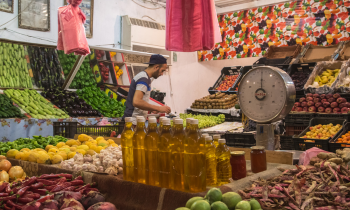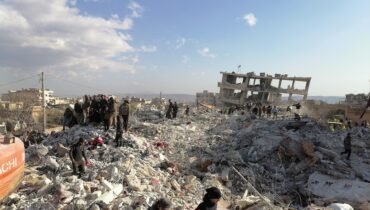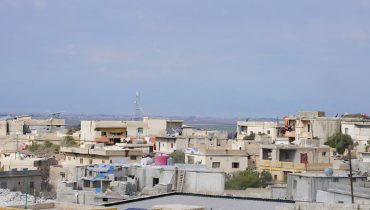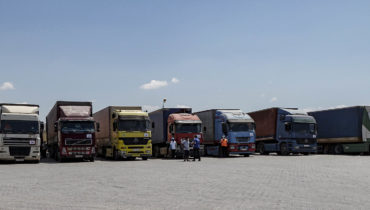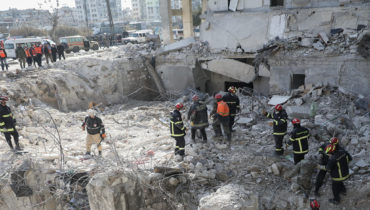Syria: Monthly Market Monitoring reflects how local markets cope with the conflict in Northern Syria
27 July 2016
To access the full updated Syria Market Monitoring factsheet for the September 2016 round of data collection, follow this link.
To access the full updated Syria Market Monitoring factsheet for the August 2016 round of data collection, follow this link.
To access the full updated Syria Market Monitoring factsheet for the July 2016 round of data collection, follow this link.
The Syrian conflict has led to devastating effects on the country’s economy, posing complex challenges to local economies as well as the ability of households to meet their basic needs. Better access to markets, together with income-generating opportunities, are critical components of the humanitarian response and early recovery efforts. As several actors have adopted cash based interventions, an understanding of the volatility of markets, and their ability to cope with on-going shocks, has been a key priority of the Cash-Based Responses Technical Working Group (CBR–TWG). Through this platform, and in coordination with partners, REACH has been conducting monthly monitoring of key commodities and restocking capacity in the governorates of Idleb, Lattakia, Aleppo, Ar-Raqqa, Deir-ez-Zor, al-Hasakeh, and previously Hama. Many of the evaluated commodities are components of the Survival Minimum Expenditure Basket (SMEB), containing Food Items, Non-Food Items (NFIs), Fuel and Water, which defines the minimum culturally adjusted group of items required to support a six-person household over a one-month period.
The latest round of data collection took place from June 13th to June 20th, and consisted in the monitoring of 28 sub-districts in the aforementioned governorates in Northern Syria. Direct data collection is still inherently a challenge, and the deteriorating security environment in June in some governorates such as Aleppo, Ar-Raqqa and Deir-ez-Zor resulted in greater difficulties in access and availability of commodities, as well as an impact on prices there. Overall, however, the median informal USD sell rate was down by 23%, suggesting that inflation rates may have reached peak levels previously, showing an initial sign of deflation in June. The price of a majority of food items between the May and June rounds dropped, while some of the SMEB indicators – red lentils, onions, bread – saw no change in price. Food items experiencing price increases in June were potatoes, tomatoes and salt – respectively up by 30%, 36% and 12%. NFIs prices remained on average unchanged in June, while most types of fuels experienced a sharp drop, as did the median price of water trucking. However, private water trucking services were unavailable in four sub-districts monitored, while the availability of kerosene has been a widespread issue in markets of at least 6 sub-districts, 5 of which were located in the Aleppo governorate.
The Market Monitoring project has garnered significant attention given the observed benefits of frequent and consistent access to hyper-local price data, which has been a crucial gap in response mechanisms. Furthermore, its perceived high replicability potential in any humanitarian or development context can contribute to discussing the feasibility and relevance of cash-based response in conflict scenarios where market functionality is called into question. Given the success of this joint endeavour, discussions are now in place to replicate the methodology in other areas of Syria, and continue to expand in present locations, supporting both operational and strategic decision-making.
To read the full version of the June round of data collection for the Market Monitoring, click here, or on the photo.
Photo: Maady market, Aleppo City



